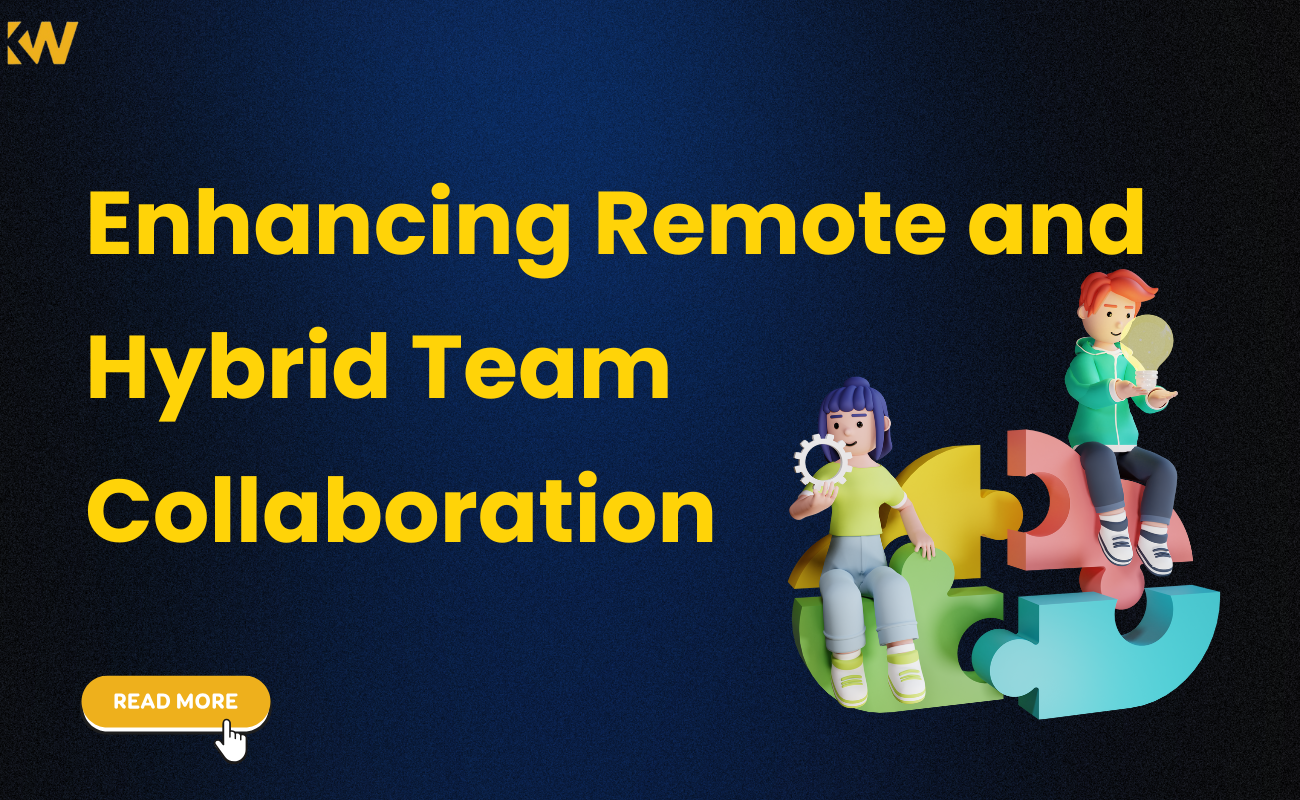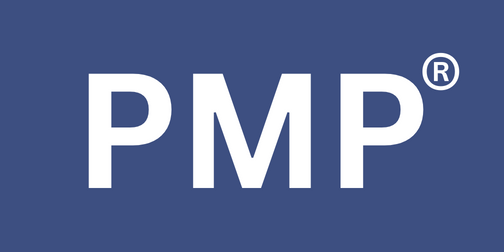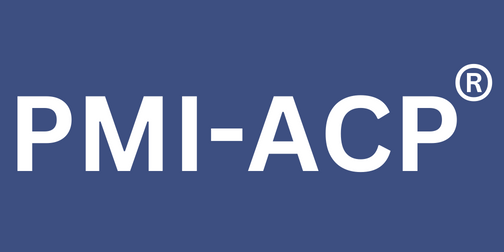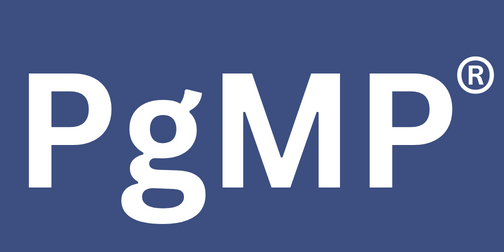
Enhancing Remote and Hybrid Team Collaboration
Posted On April 9, 2025 - 16:29 PM
Introduction
Work models that are hybrid and remote have transformed the way businesses work. Although they provide the flexibility of a worldwide source of talent, they pose problems in collaboration, productivity, as well as team cohesiveness. To ensure a smooth collaboration organisations must employ strategies that promote collaboration and efficiency between teams scattered across the globe.
1. Establish Clear Communication Channels
Effective collaboration begins with smooth communication. Remote teams are often faced with issues because of miscommunication, or inability to respond quickly. To address this issue:
-
Make use of a variety of communication tools like Slack for chats that are quick, Zoom for meetings, and email for official documentation.
-
Establish communication protocols. Create expectations regarding the response time as well as preferred platforms and escalation techniques.
-
Encourage synchronous communications - There are many people who work different hours. Providing flexibility allows you to make it easier to accommodate various time zones.
-
Documenting conversations and decisions Documenting conversations helps to ensure the transparency and accountability.
-
Establish a hierarchy for communication. identify which issues are best addressed via email or chat video calls to speed up the process.
2. Build a Culture of Trust and Transparency
Trust is the cornerstone of any successful hybrid or remote team. Without interaction in person, the development of accountability and transparency is crucial.
-
Promote open discussions and create an environment that allows employees to are able to freely discuss thoughts and worries.
-
Updates from the company are shared regularly. Informing employees of decisions and plans for the future builds the feeling of belonging.
-
Recognize and acknowledge contributions The recognition of teamwork boosts morale and motivates.
-
Encourage self-leadership by empowering employees to be the ones who take on their work and projects.
-
Utilize performance tracking tools. Transparency in work progress will ensure that everyone is on the same page with targets.
3. Leverage Collaborative Technologies
The appropriate tools can help bridge the gap between remote workers, thereby making the teamwork process more efficient.
-
Tools for managing projects Platforms such as Trello, Asana, and Monday.com assist teams in tracking progress and meet deadlines.
-
Cloud-based document collaboration Google Drive, Notion, and Microsoft OneDrive enable real-time co-authoring.
-
Virtual brainstorming platforms like Miro and MURAL encourage creative discussion and idea sharing.
-
Time zone management tools - Platforms like World Time Buddy help in scheduling global team meetings.
-
AI-powered collaboration tools - Smart assistants, and automatized workflow systems can increase productivity.
4. Encourage Active Participation in Meetings
Virtual meetings may sometimes seem unrepresentative and can cause disengagement. To enhance participation:
-
Make clear the agenda - Keep meetings on track and efficiently scheduled.
-
Facilitators rotate - Different team members facilitating meetings provide divers perspectives.
-
Participate in discussions - Use the poll, break rooms and Q&A sessions to keep participation.
-
Avoid unnecessary meetings A discussion does not always require video call and you can use chat notes or voice messages.
-
Give post-meeting summary summaries. A summary of the key elements helps keep everyone on the same page.
5. Foster Team Bonding Beyond Work
Remote workers miss out on informal workplace interactions, which can be crucial to establishing relationships. Businesses can boost the spirit of their teams by:
-
Hosting virtual coffee chats or happy hours
-
Participating in online team-building activities such as games of chance or escape rooms
-
Encourage informal communication channels to facilitate conversations outside of work
-
Employees are paired for virtual mentorship programs
-
Team care packages, or gifts that are personalized
6. Prioritize Work-Life Balance
Remote work may blur the boundaries between work and personal life, which can lead to stress and burnout. To maintain employee well-being:
-
Encourage flexible working hours. Let employees work when they are the most productive.
-
Make sure you take regular breaks. short breaks help focus and can help prevent fatigue.
-
Be aware of your boundaries - Don't expect staff members to remain available during the time they are scheduled to work.
-
Encourage mental health-related initiatives Provide access to online therapies, wellness apps, and even mental health days.
-
Give ergonomic guidance on setting up workstations Instruct employees to create an environment that is comfortable and productive.
7. Implement Regular Feedback and Continuous Learning
Development and growth should not be allowed to lag behind in the remote setting.
-
Conduct periodic reviews of performance - Give constructive feedback that will assist employees in their efforts to improve.
-
Offer learning opportunities and encourage participation in online classes and workshops.
-
Establish a culture of feedback - Employees should be comfortable discussing their ideas about the processes and how they can be improved.
-
Career development opportunities Growth opportunities that are clear boost engagement and retain.
-
Facilitate peer-to-peer learning by organizing meetings to share knowledge helps team members grow.
8. Address Time Zone Challenges
With teams scattered across different time zones planning and coordination can be a challenge.
-
Utilize overlapping hours of work wisely - Determine the core hours when the majority of your employees are on line.
-
Record important meetings so that those not able to attend, can view later and be informed.
-
Implement follow-the-sun workflows. Transferring tasks between time zones can boost the efficiency.
-
Utilize scheduling tools such as Doodle It makes it easier to find the most convenient times for a meeting.
9. Encourage a Results-Oriented Work Environment
Focusing on output and impact instead of hours worked towards outputs and impacts makes for more efficient teams.
-
Establish clear objectives and important results (OKRs)
-
Encourage accountability and autonomy
-
Performance is measured based on results, not on activity levels
-
Make realistic deadlines and set priorities.
Conclusion
Collaboration enhancement in teams with a hybrid or remote location requires deliberate effort and the right tools and a trust-based culture. By prioritizing communication, using technology, and encouraging participation, organizations can develop efficient and cohesive teams regardless of distances. The crucial element to success is continual adapting and improving to meet the changing requirements of employees. With these strategies in place business can build an effective remote work environment where employees feel secure and valued. They also feel motivated.
Check Out This Blog : Hybrid Project Management: The Most Effective of Agile and Waterfall


















